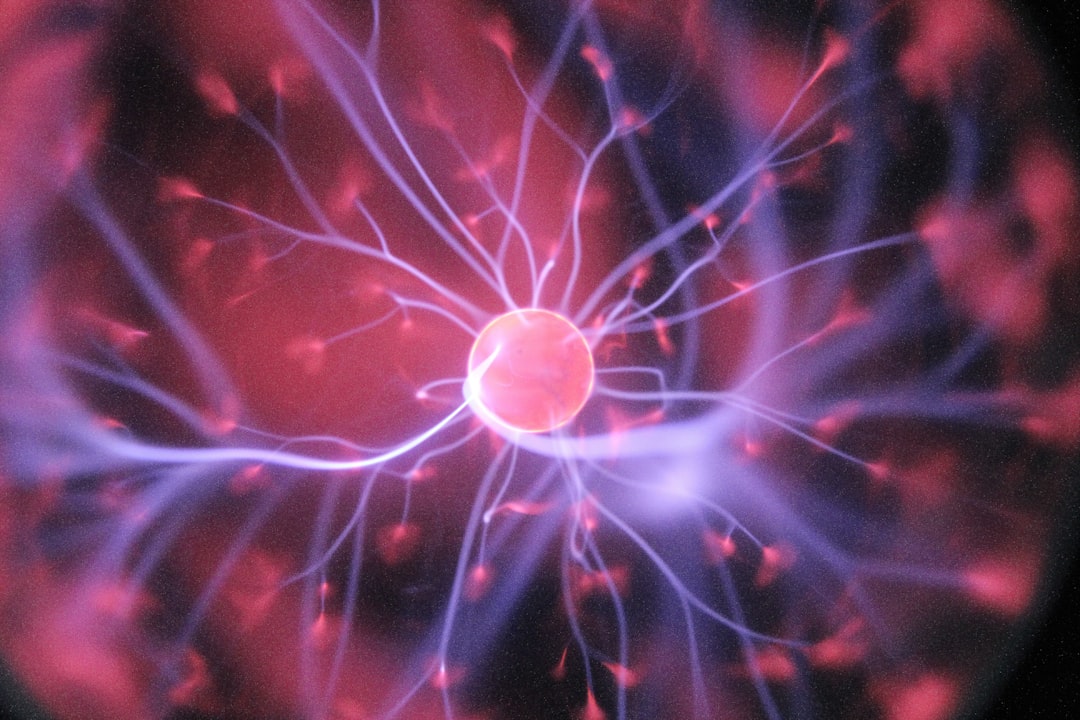What is it about?
In inverted Schottky quantum dot solar cells (QDSCs), electrolyte is used to reduced the workfunction of front transparent conducting oxide (TCO) so that it forms a Schottky contact with p-type PbS QD layer. However, electrolyte acts as a potential barrier inhibiting electron injection from PbS QD layer to TCO. Therefore, balancing the height of the potential barrier with the workfunction reduction affinity is critical to improve the efficiency of Inverted Schottky QDSCs. Here, PFN, an conjugated electrolyte that provides reasonable barrier,has been demonstrated to boost the photocurrent density so that the efficiency of QDSCs increases to over 4.5%.
Featured Image

Photo by American Public Power Association on Unsplash
Why is it important?
The results demonstrate clearly the correlation between chemical structure of electrolyte and the performance of Inverted Schottky PbS quantum dot solar cells. Conjugated electrolyte provides the higher photocurrent density while non-conjugated electrolyte gives the higher open-circuit voltage. By balancing the workfunction reduction affinity with a suitable electron barrier, inverted Schottky cells with PFN electrolyte have efficiencies of above 4.5%.
Perspectives
Inverted Schottky solar cells exhibit advantages of simple device fabrication, efficient carrier extraction and long-term air stability all of which are of importance to realize the next-generation solar cells. The current efficiency of ~3.5% is low as compared with that pn heterojunction structures. We have demonstrated that the efficiency can be improved to over 4.5% by using suitable electrolyte.
Xuan-Dung Mai
Hanoi Pedagogical University 2
Read the Original
This page is a summary of: Boosting the current density in inverted Schottky PbS quantum dot solar cells with conjugated electrolyte, Materials Letters, August 2019, Elsevier,
DOI: 10.1016/j.matlet.2019.04.067.
You can read the full text:
Contributors
The following have contributed to this page










